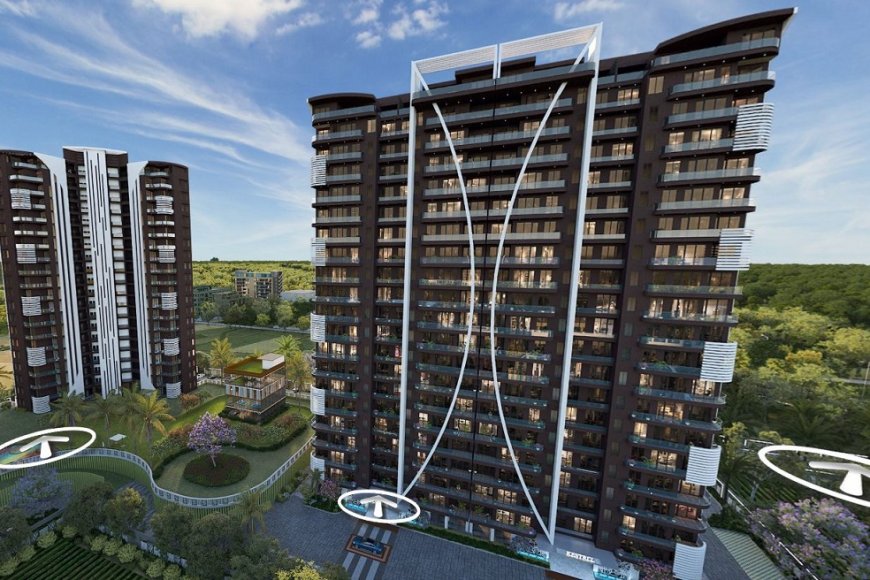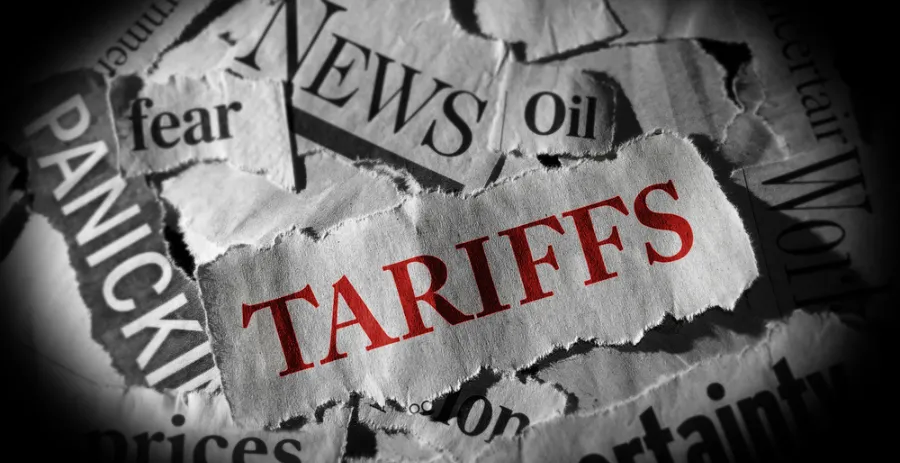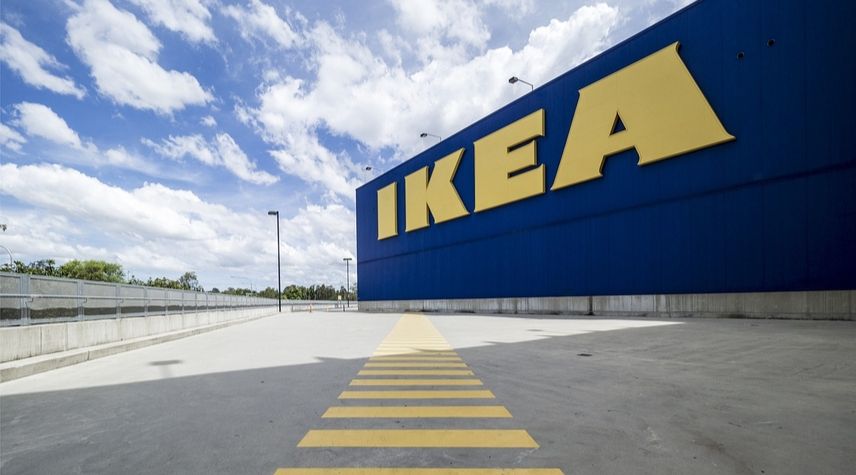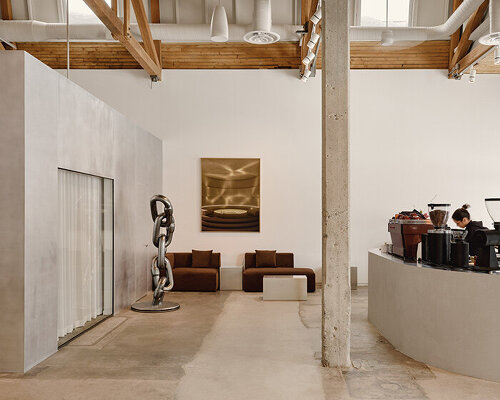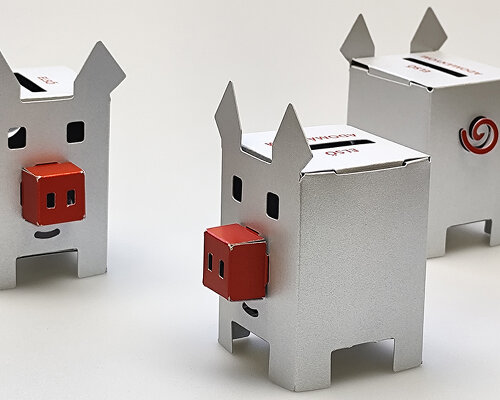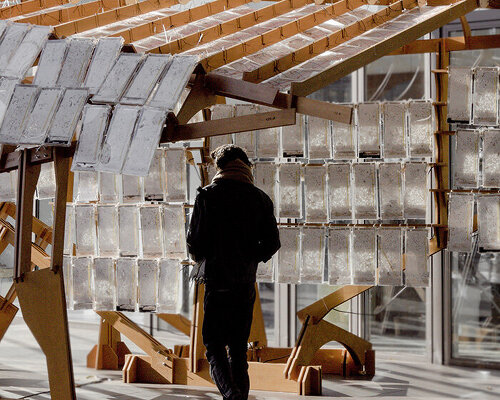Retail settling into a distinct two-tier economy heading into Q4

SANTA CRUZ, Calif. – In the face of economic volatility and tariff impacts, consumers aren’t just pulling back on spending, they are actively trading down, according to traffic analysis by Placer.ai.
Going into the final quarter of 2025, the retail industry is facing more uncertainty than in recent memory, Placer.ai noted in its latest Retail Outlook report.
“The year has been marked by volatile retail traffic, reflecting a consumer base grappling with macroeconomic uncertainty, the impact of tariffs, and a growing insistence on deep discounts,” Placer.ai analysts R.J. Hottovy and Elizabeth Lafontaine wrote.
Retail visitation data suggests the emergence of a two-tier economy, one in which affluent consumers remain confident while lower- to middle-income are grappling with higher cost-of-living issues.
The pressure on lower-income and middle-income consumers is reflected in year-over-year growth patterns in value retail channels. For off-price retail, store visits were up 6.5% in the second quarter and up 6.6% in the third. In the discount and dollar stores segment, visits were up 6.4% in Q2 and up 3.7% in Q3.
“Our data indicates this consumer segment is being highly strategic, leading to foot traffic that spikes during major sales events, but remains subdued during non-promotional periods,” the analysts wrote.
At the same time, Placer.ai data shows strong performance in categories catering to higher-income shoppers such as luxury department stores, specialty and fresh-format grocers, and fine-dining restaurants. In a separate report, Placer.ai noted that high-end home retailers Restoration Hardware, Le Creuset and Sur La Table have been outpacing the wider home furnishing segment in terms of year-over-year visit growth
“This holiday season, retailers will be increasingly dependent on affluent consumers, as lower- and middle-income shoppers are forced to balance ‘needs versus wants,’” the analysts concluded. “This doesn’t mean this group has stopped spending, but that their priorities have shifted.”



